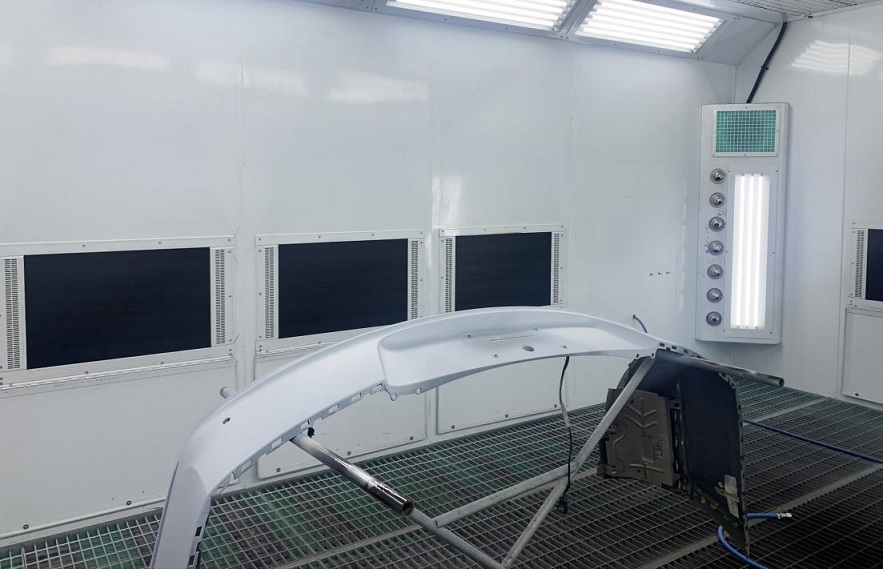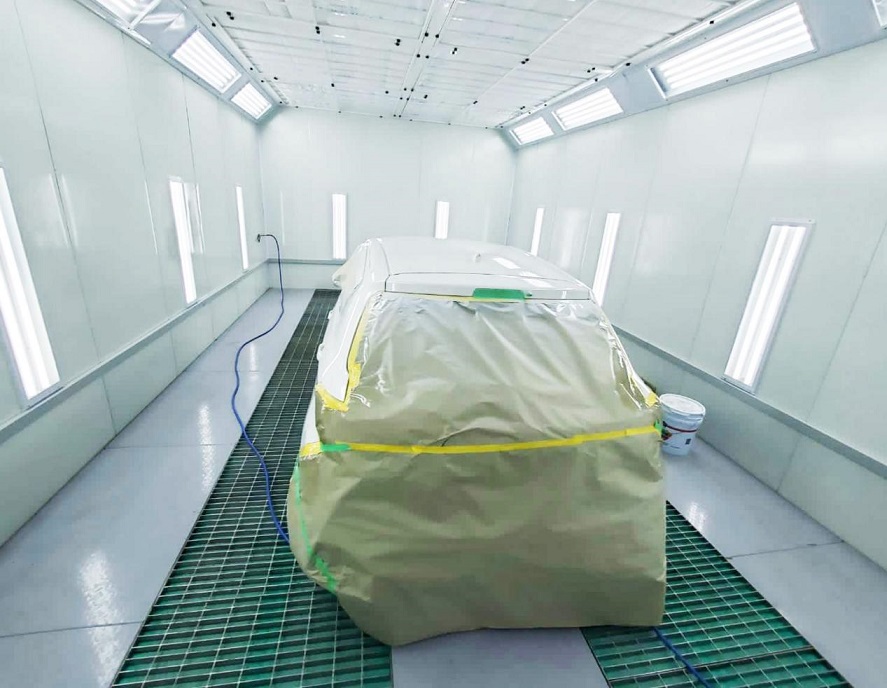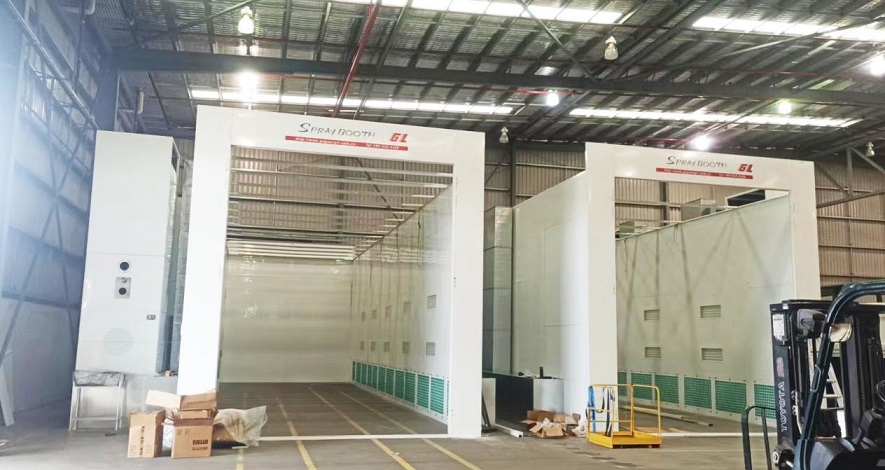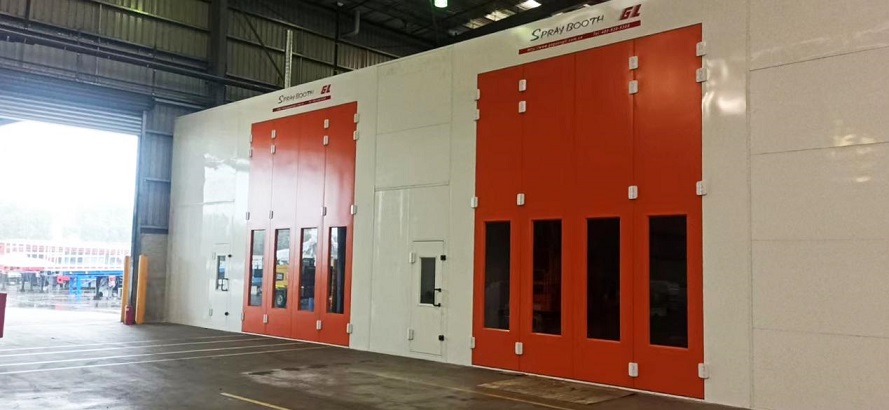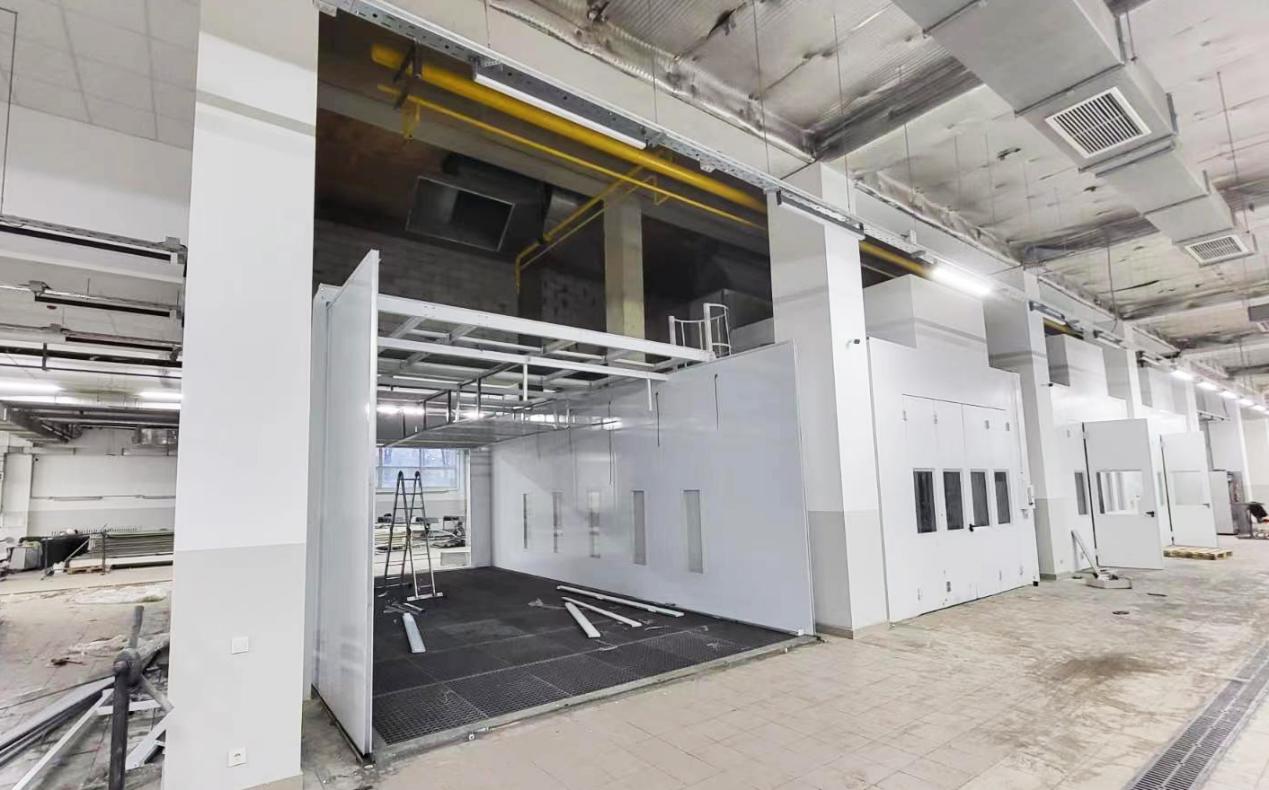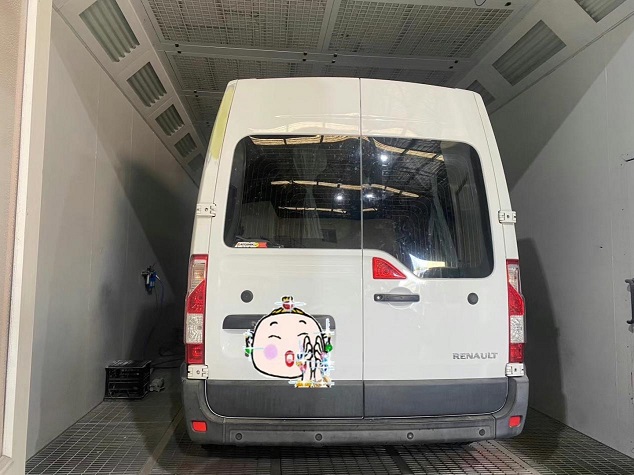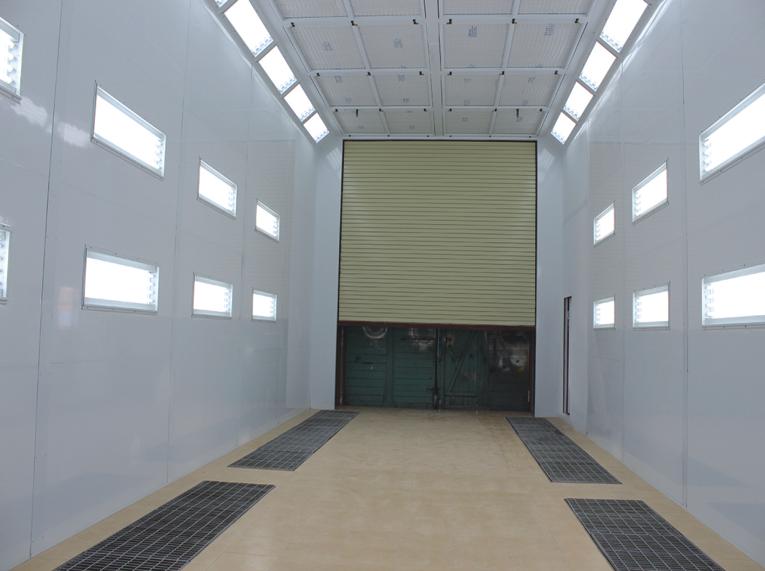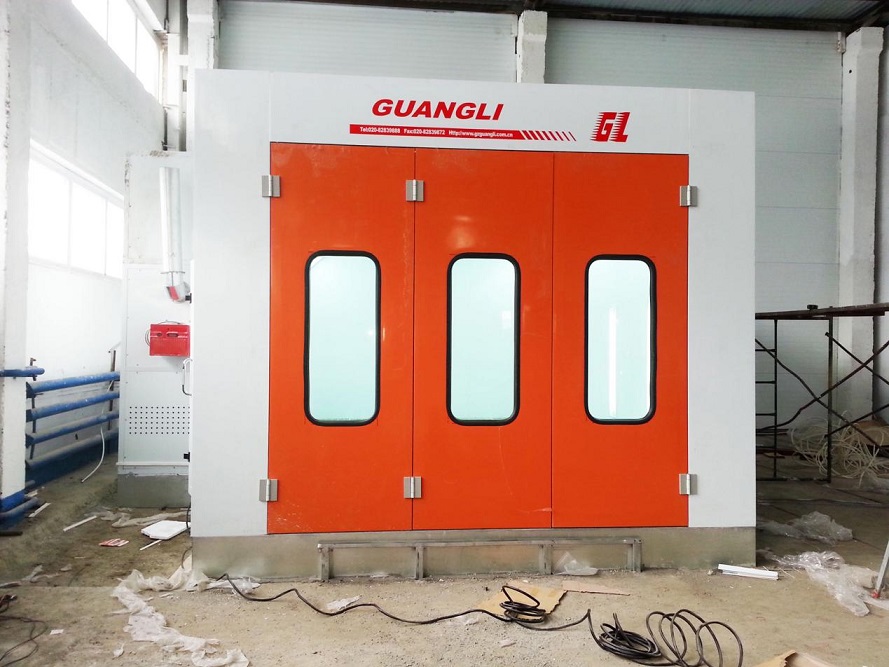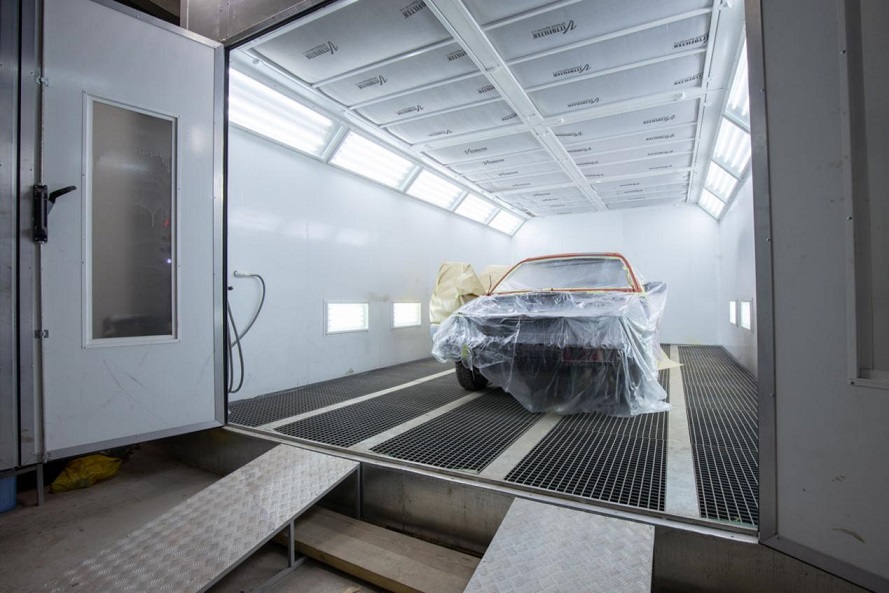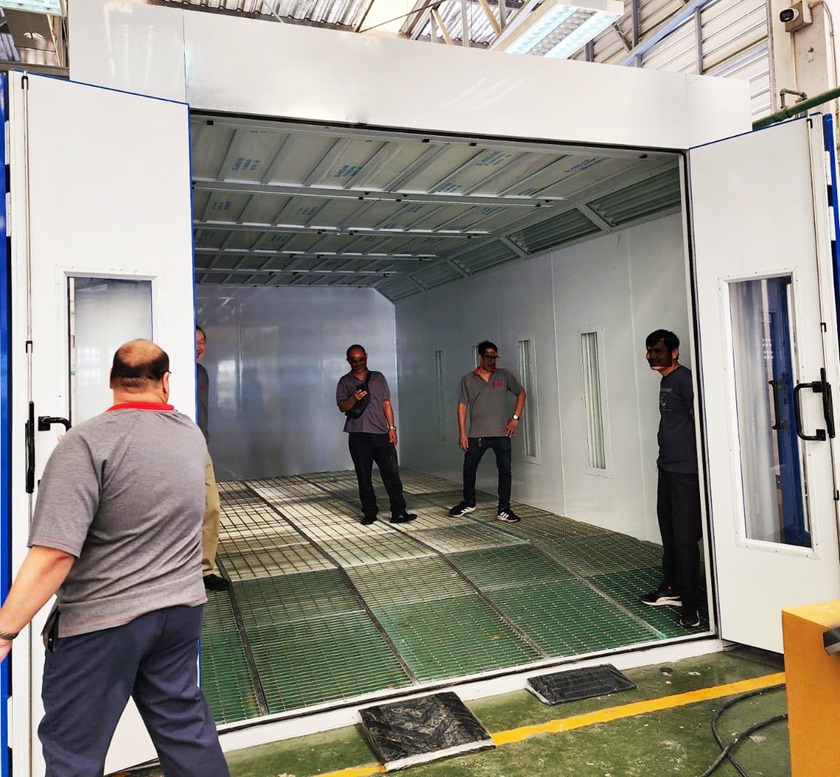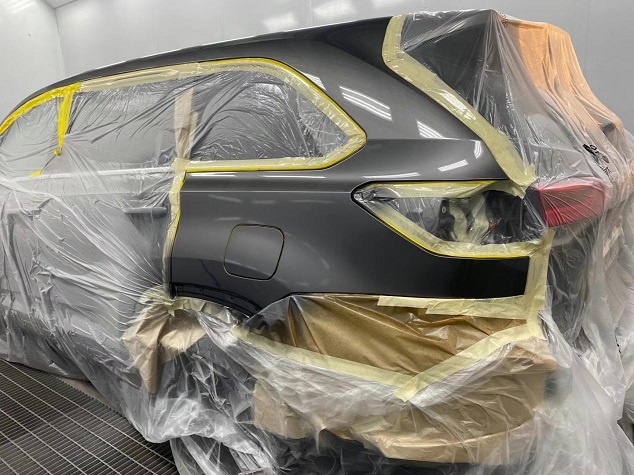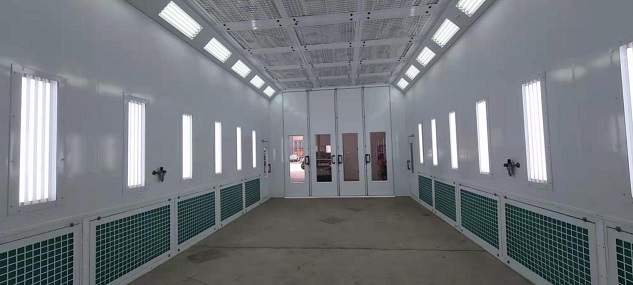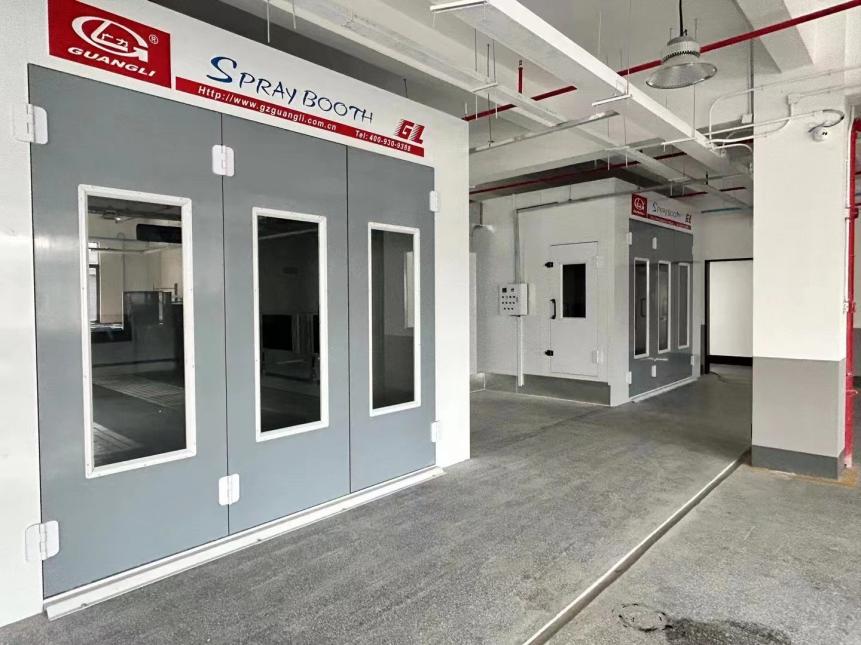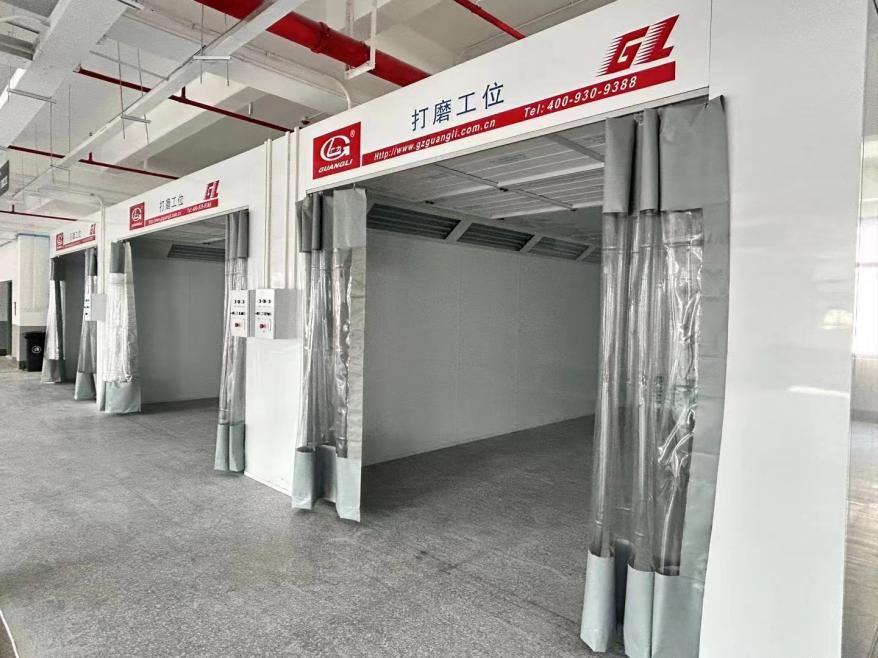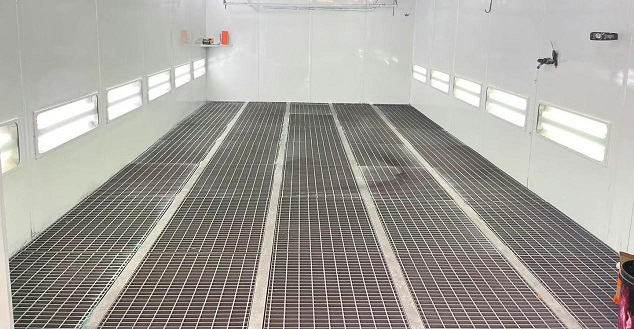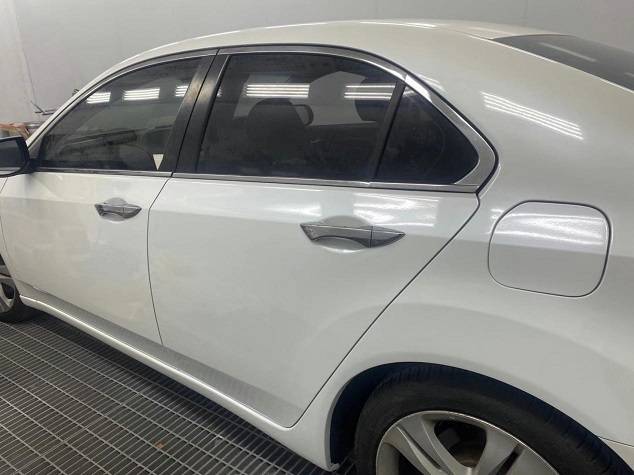Carrying out the automotive refinishing process is not easy, but if you have the conditions, space, tools, and high-quality products, everything is much easier. One of those elements that can make everything easier is the paint booth.
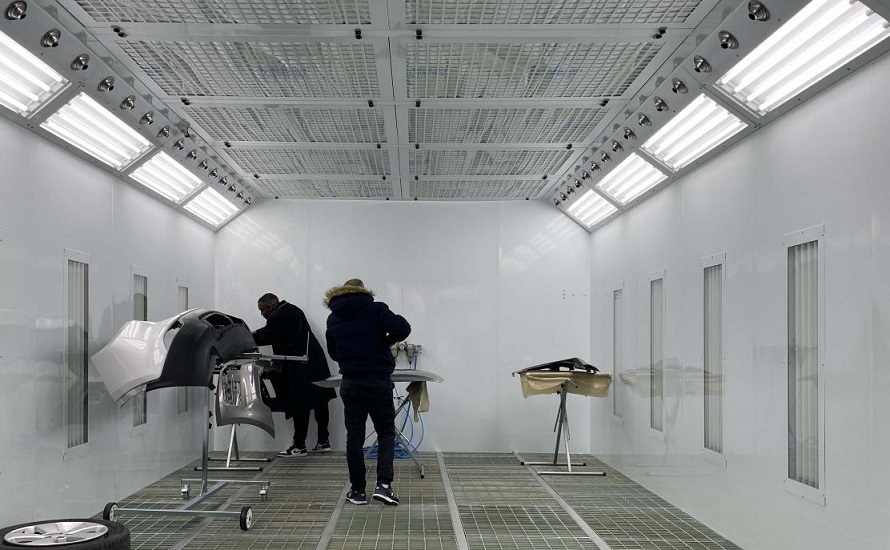
An automotive paint booth is a pressure-controlled, enclosed space where vehicles of all sizes are painted. The booth protects the product from contaminants in the air and provides a consistent temperature and humidity level. During the application of the paint, the booth must have filters that allow any dust particles to be eliminated so that they do not spoil the process. The booth is designed to draw fresh air inside before using its exhaust fans, Air Make-Up units, or both to provide airflow for the booth. The air used by the paint booth must be as clean as possible for the best results in order to prevent contaminants from interfering with the spraying process and affecting the quality of the paint, which could result in uneven and occasionally disastrous results.
